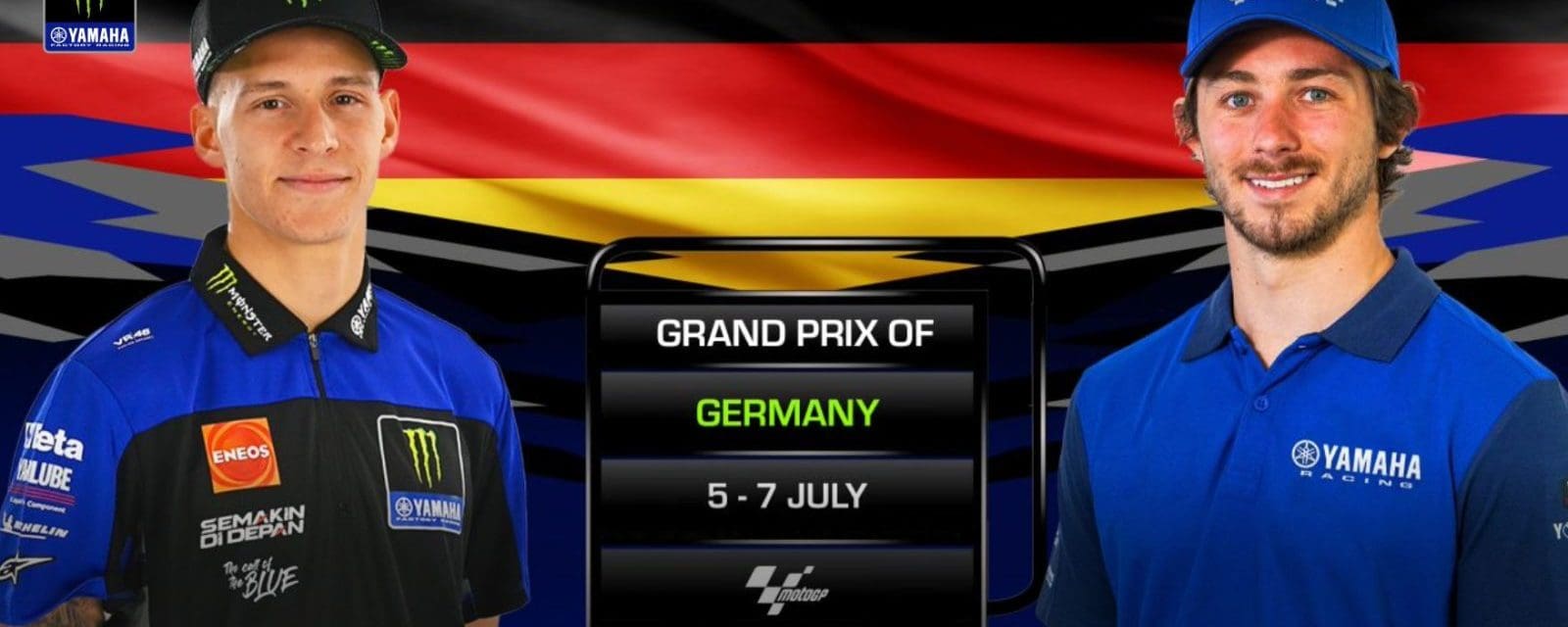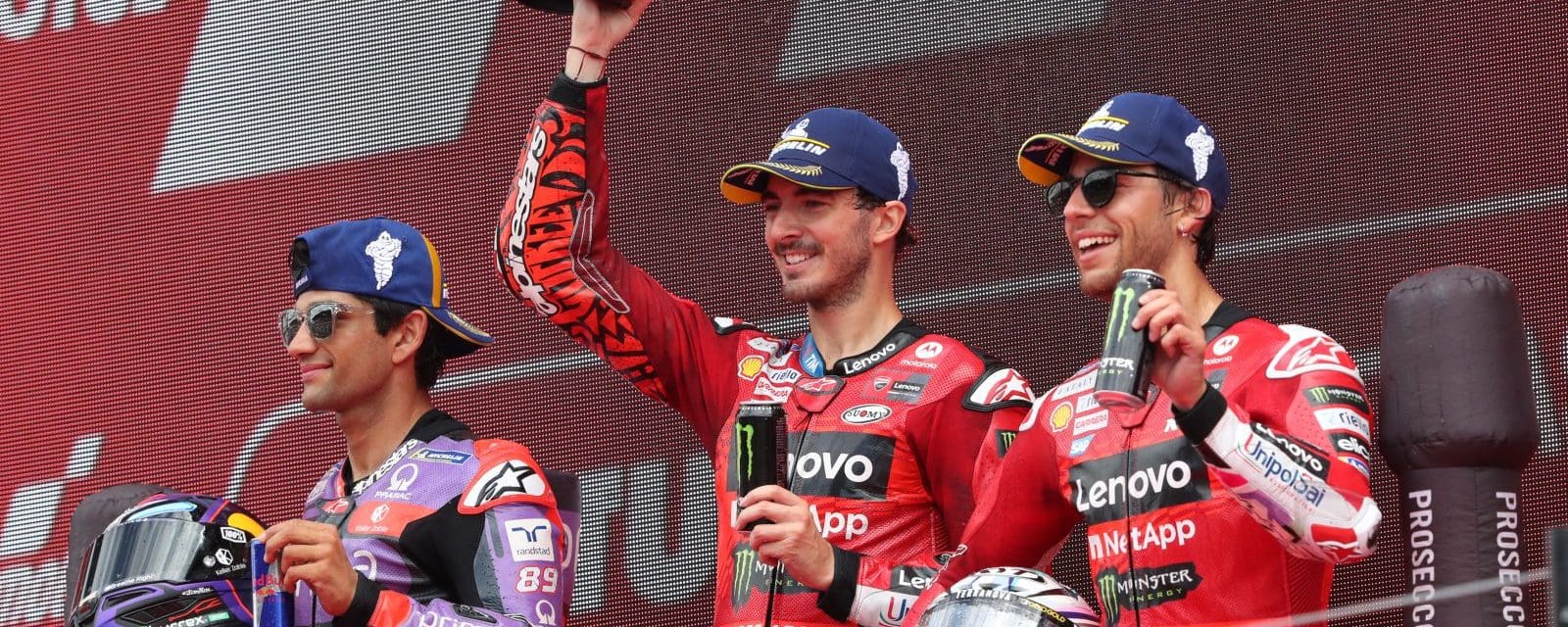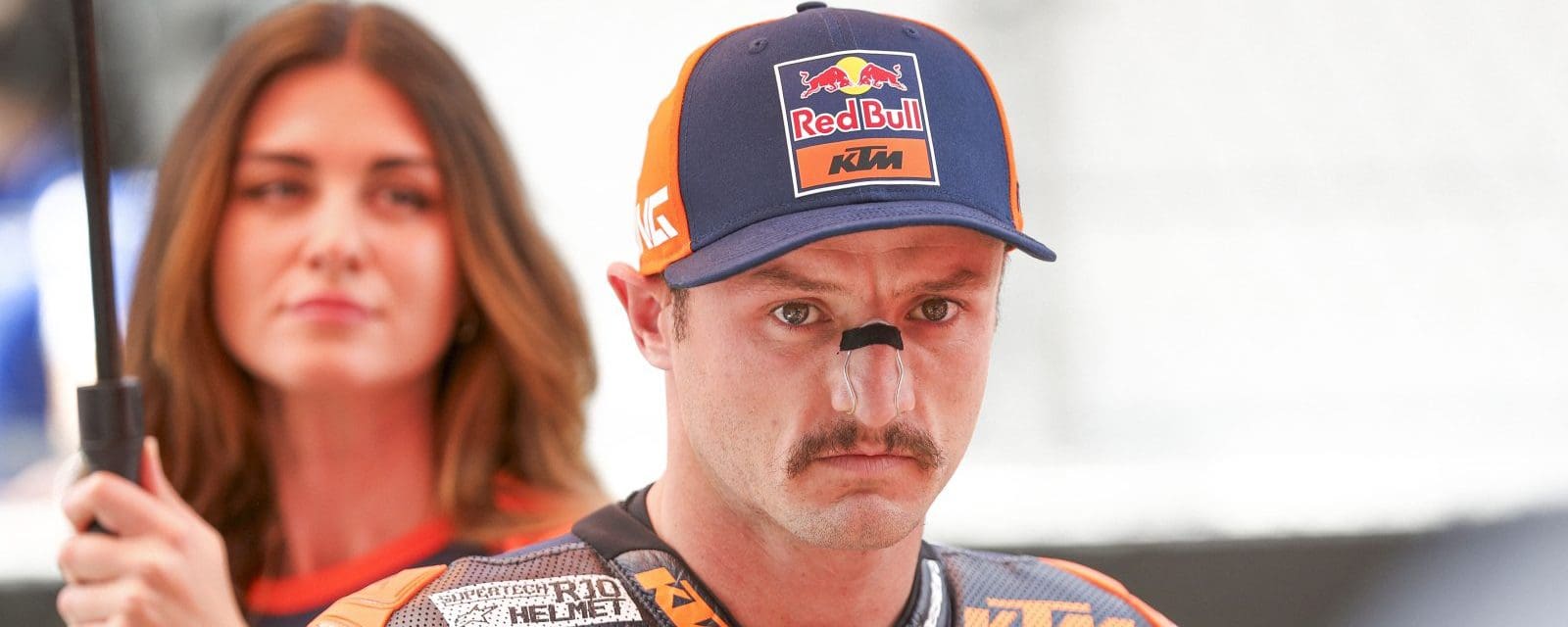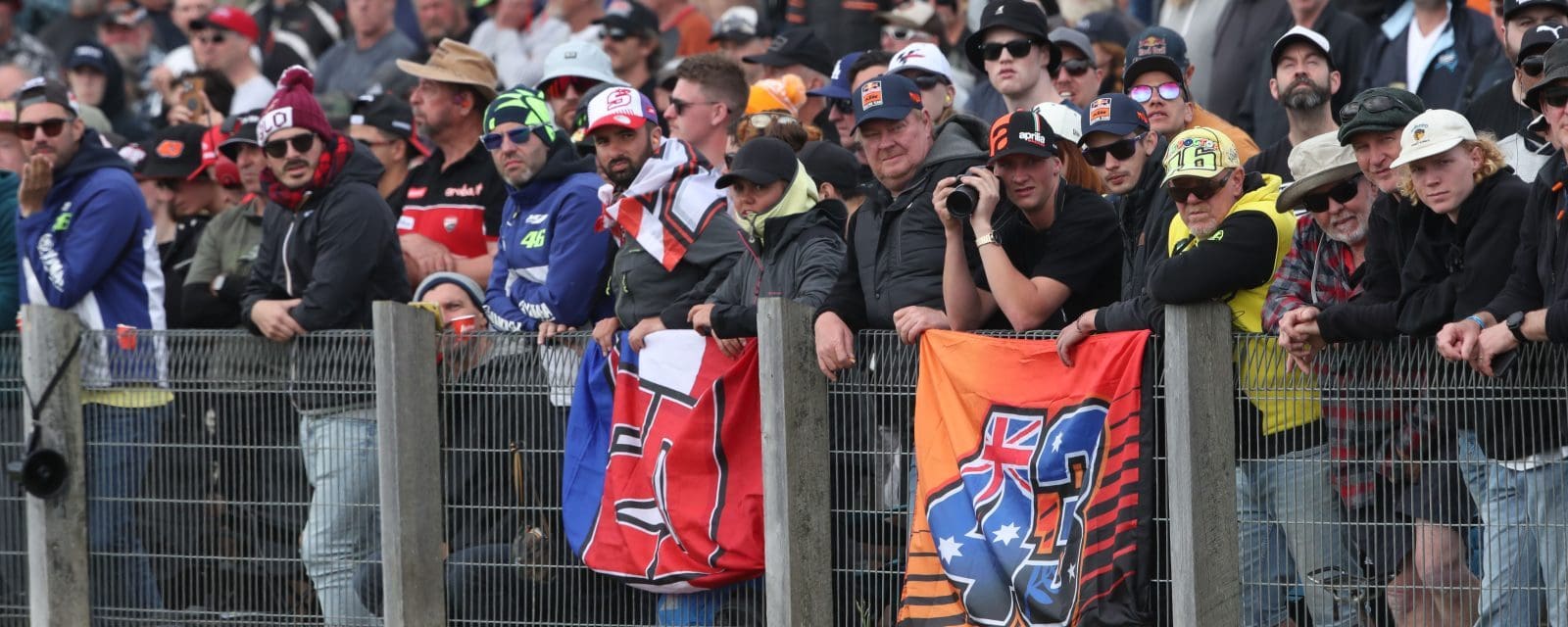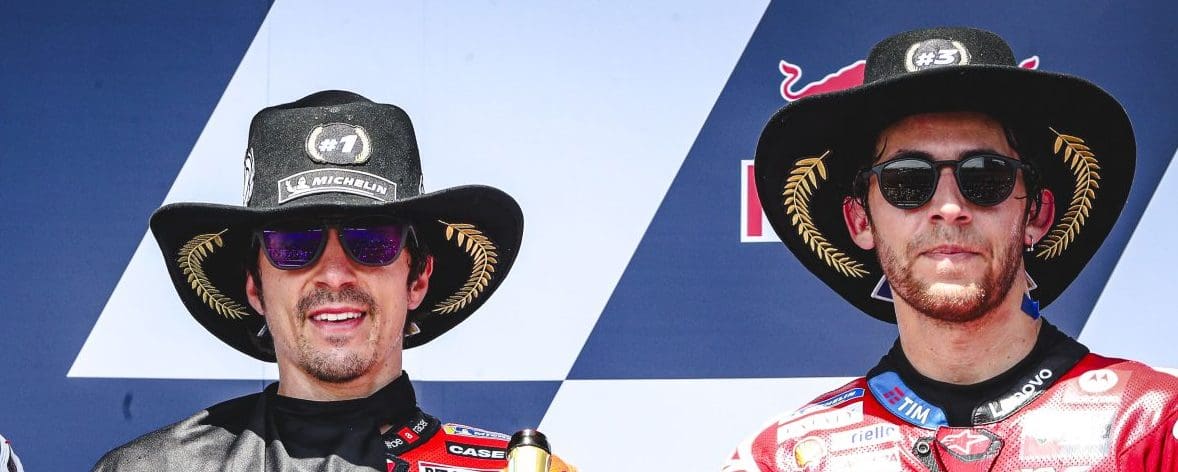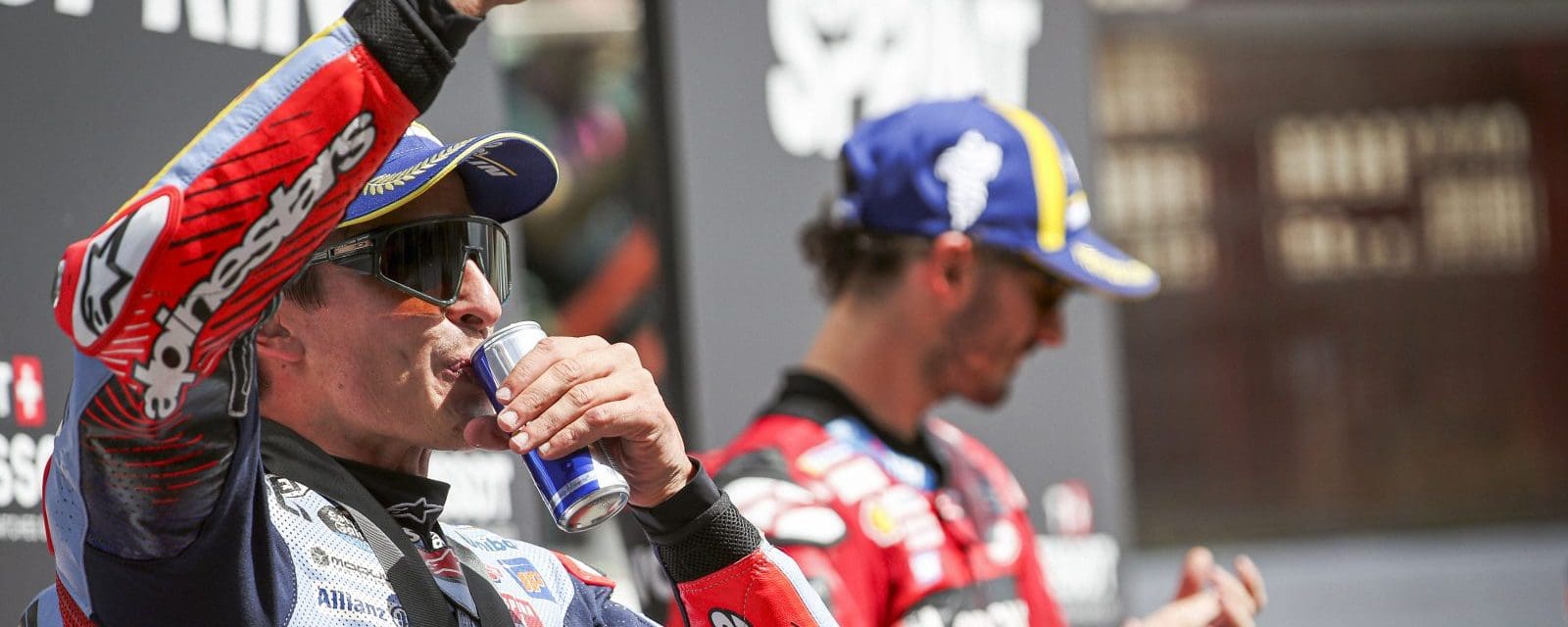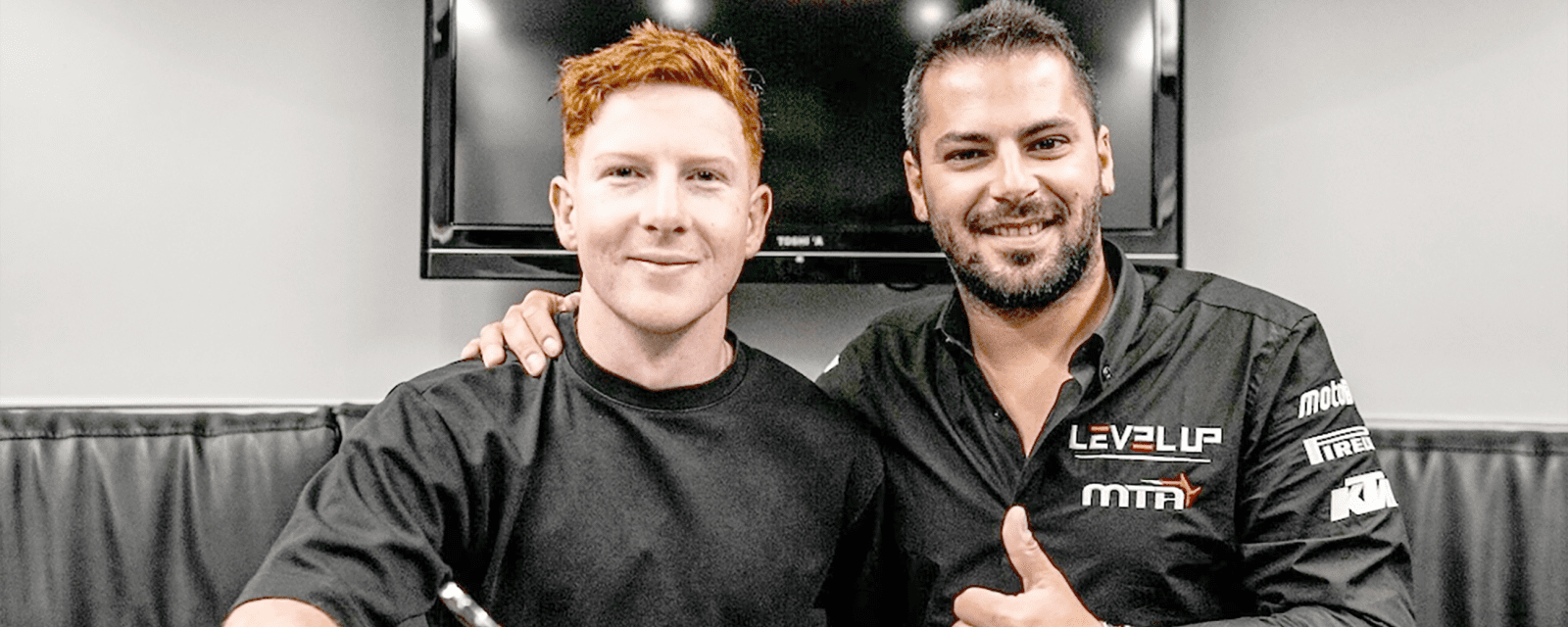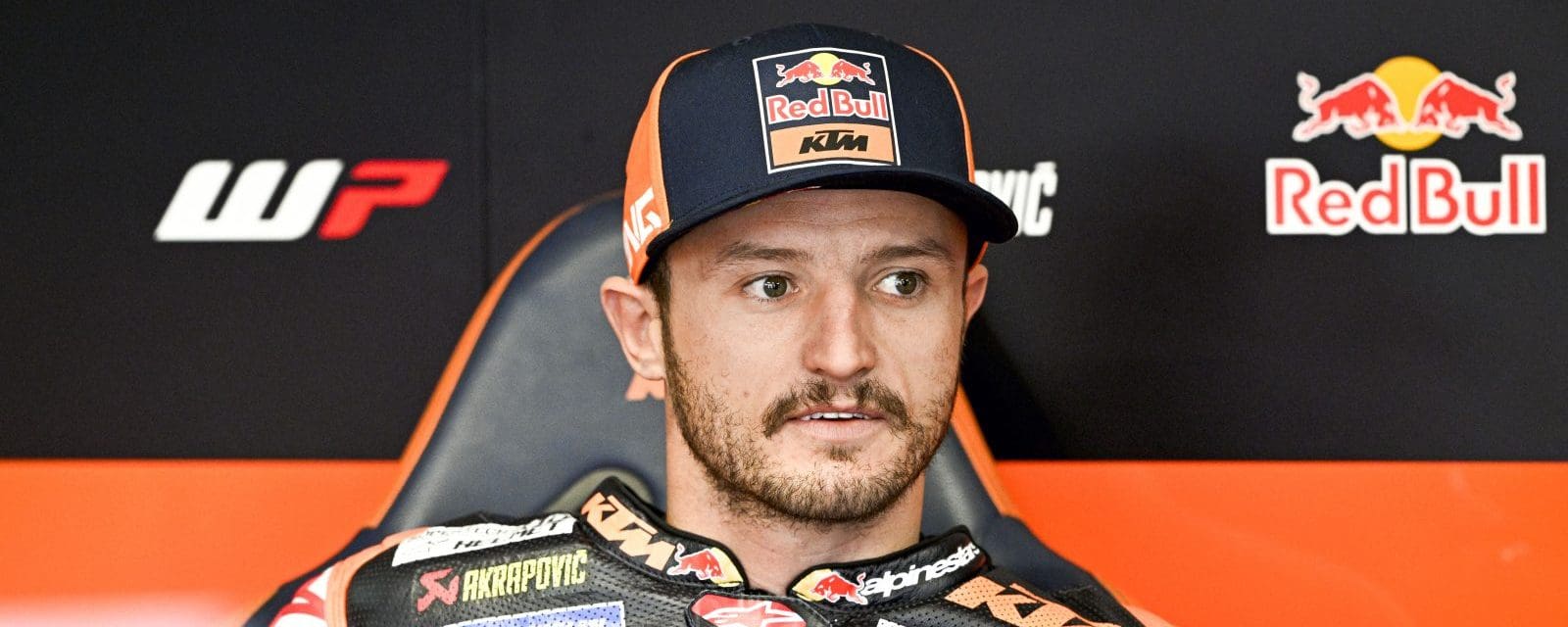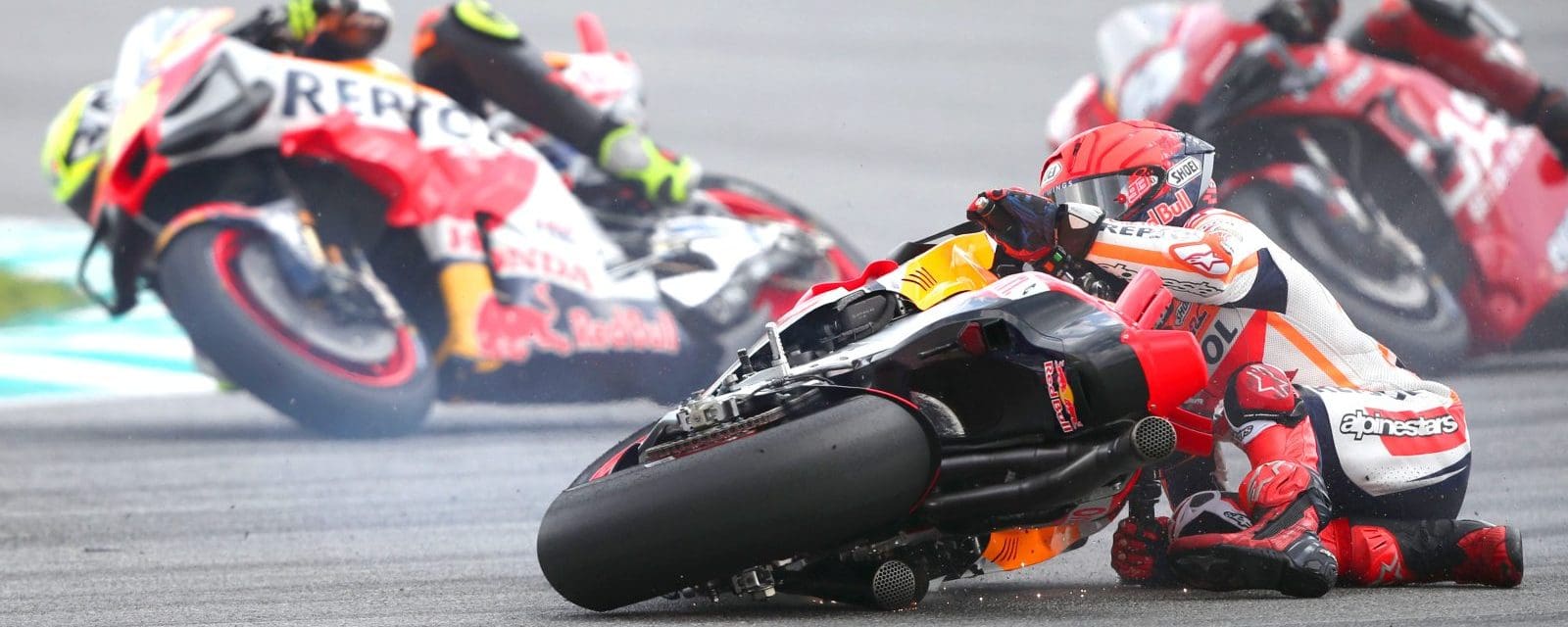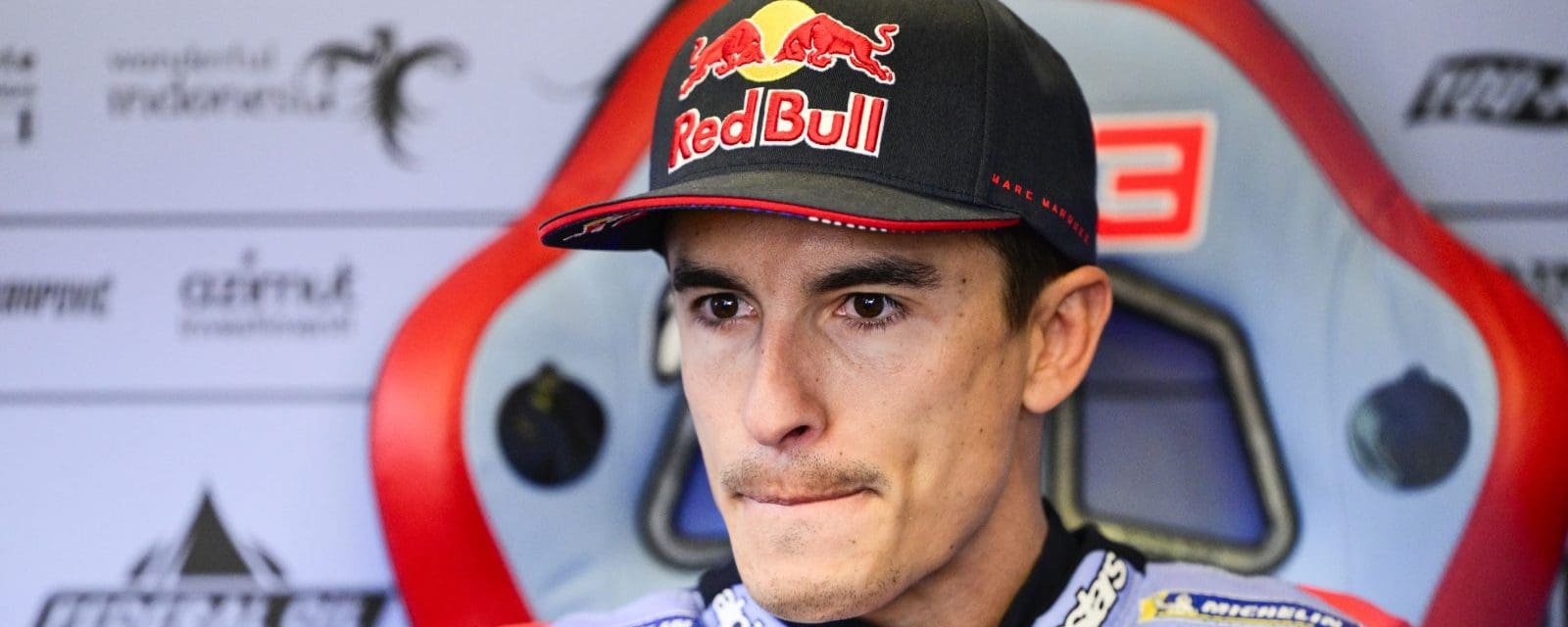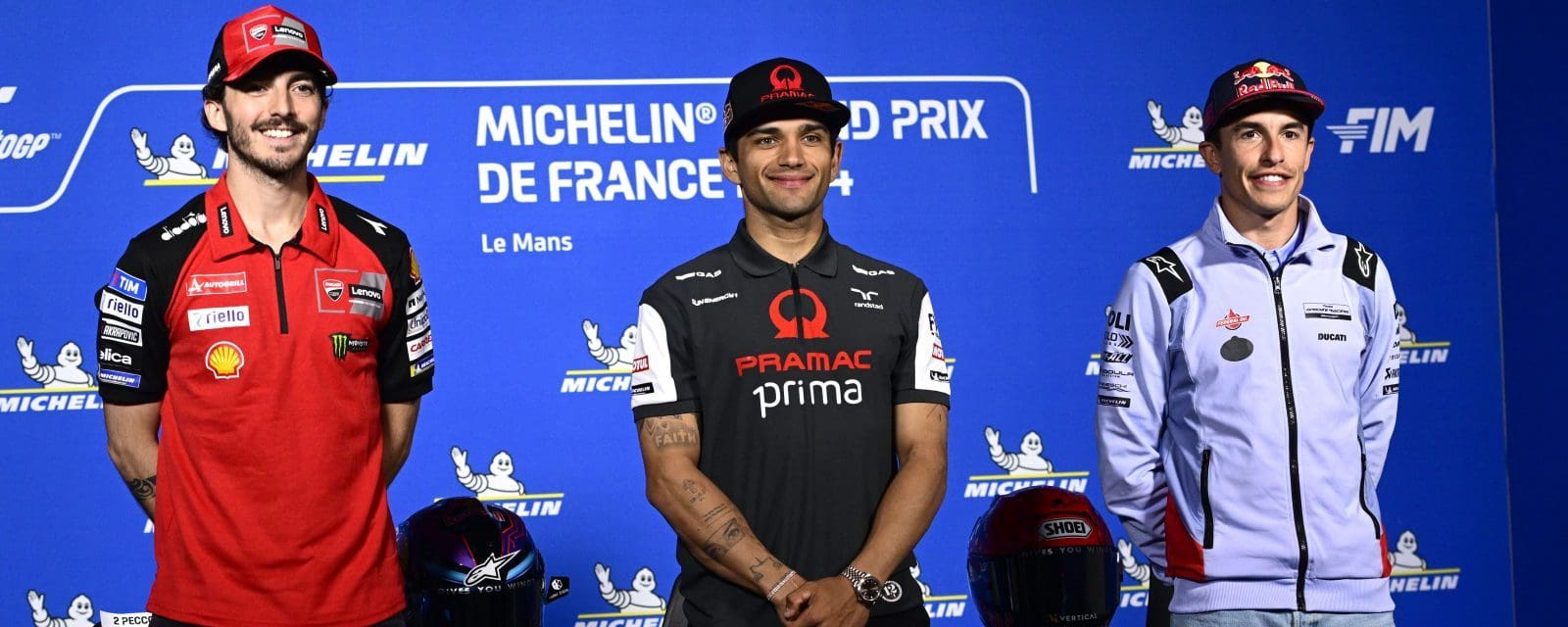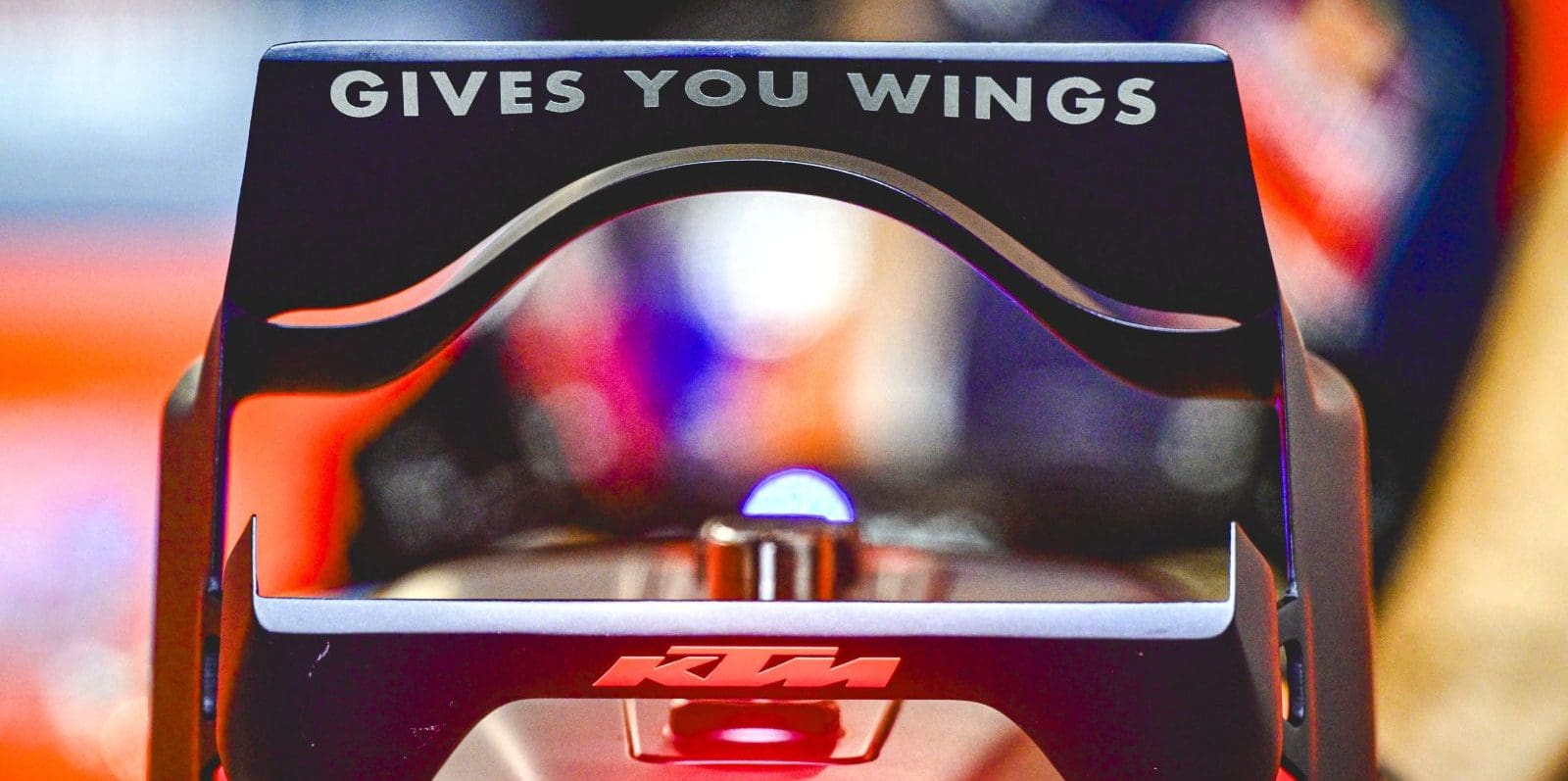MotoGP’s crossroads are a little different. But the common question is: who has sold their souls? Or is it the whispering brigade of politically correct disinformation surrounding electric vehicles? Or is it the rest of us, with our infernal internal combustion engines?
The crossroads have been looming for a while, with Dorna’s plans for an electric-bike class for 2019. In February came confirmation of the bike chosen for the one-make series. It is based on the Italian Energica Ego, a 108kW (145hp) 240km/h roadbike. One function will be to make Moto2 look more varied, since the FIM MotoE World Cup dictates not only identical engines but also identical machines for all 18 participants. The series will span some five races, all in Europe.
And who will participate? There is an element of compulsion here: Dorna and the FIM forcing the thing through by making it obligatory.
The original plan was to draw from the existing pool of riders for an extra race-day outing; the current one doesn’t name names, but requires that all seven independent MotoGP teams will run two-rider teams, while four Moto2 and Moto3 teams will enter one each.
It is hard to imagine that, for example, HRC would encourage Cutchlow and Nakagami to have a go, preferring that they should concentrate on MotoGP (racing in different classes was once common, but 1985 was a last time a rider seriously competed in more than one, when Honda’s Freddie Spencer won both 500cc and 250 crowns). It remains to be seen whether the e-bikes will be used as a training wheels for up-and-comings or as twilight bikes for has-beens.
These are merely details, and in the current world climate – and given the rapidly improving performance of electric vehicles everywhere, on two and four wheels, and on road as well as track – it is hard not to applaud the organisers’ far-sightedness in
pushing this plan ahead.
More powerful, however, is the tide of sadness rising within, and the certain knowledge that racing is set to change irrevocably.
The only thing missing really will be the noise. And all the things that go with the generation of power by combustion: valves and smell, clattering and whirring, and years of technical interest that went hand in hand with development that was readily understandable.
Dorna’s futuristic and seemingly far-fetched plan for on-track solar charging stations notwithstanding, the generation of power will still involve heat and noise – but all taking place in remote power stations, piped in to the end users via the national grid.
And who wants to go and watch a power station at work?
More to the point, who wants to watch electric bikes humming silently past?
The Isle of Man’s TT Zero series has proved totally underwhelming; the four-wheel open-wheel series much the same.
A 2016 report in the respected US Road & Track said the following: “Formula E is a boring mess. Short on thrills and compelling sounds, it should be headed for disaster.” But it went on to point out how important the series was to the industry.
The same is true on two wheels.
Dorna’s identical bikes might avoid the stultifying dullness the TT Zero offers, at least giving the opportunity for close racing (though that hasn’t always worked in Moto2). But you have to be very future-friendly not to feel a sense of doom.
And a sense of complete impotence.
It was one thing mourning the end of the two-strokes back around the turn of the century.
The end of the shrieking and roaring, the popping and banging, and the spine-tingling shout of piston-powered racing bikes is something else altogether.
I’ll get my coat.
By Michael Scott

